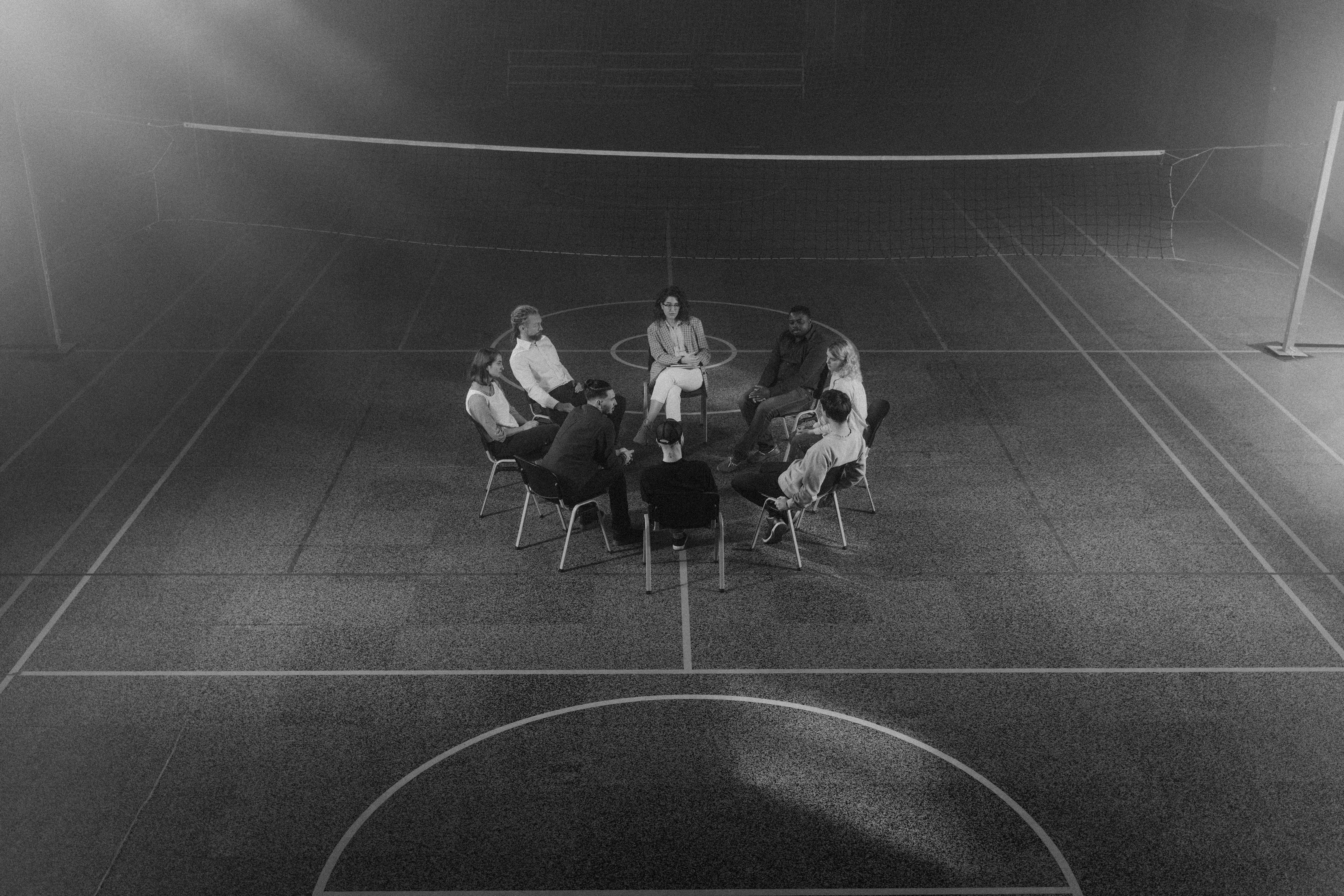Self-esteem is an appraisal process and results from ongoing self-assessment in which traits and abilities are recognized and evaluated (Webster’s Dictionary 1999). : the ideas that one can have about oneself.
Between the ages of one and five, children move from being aware that they are independent individuals to trying to understand who they are and how they relate to others. In this progress, children go from first recognizing themselves in a mirror, to knowing their name, gender, and what belongs to them.
As Erik Erikson pointed out, young children’s self-concept is largely defined by the range of abilities that demonstrate their independence and initiative. Kindergartners take almost any opportunity to demonstrate that they have an “I can do it” attitude.
An emerging self-concept can also be seen in a social interaction between two five-year-olds who share their names and display an interesting toy. Both exhibit enthusiasm and interact quite independently.
The growth of a five-year-old’s self-awareness is no more evident than with parents, family, and friends Just before the preschool years of the kindergarten child, parents find themselves dealing with a stubborn child whose main skill it’s the tantrums. But as children’s theory of mind expands, it gives them a better understanding of how they and other people think and feel, their problems with parents, what they will eat, when they will go to bed; rationalization (Crockenberg 1990).
According to Erikson’s theory, children under the age of five have moved out of the autonomy stage in the face of shame and doubt and are in the initiative stage in the face of guilt. society, where five-year-olds take up new play activities and feel guilty when their efforts fail.
Their willingness to take the lead reflects a five-year-old’s desire to get things done, not simply to assert their autonomy as they did as toddlers. For example, in a school classroom, a five-year-old may take the lead in building blocks, while a younger self-contained child would prefer to knock down the blocks.
In general, reading about self-esteem, I have come to realize that children need a sense of self-understanding. When children have this, it helps increase their social understanding with friends, families, and most importantly, their teachers. The classroom teacher can enhance social interactions and help young children learn who they are and contribute to their self-understanding and self-evaluation.
To develop self-understanding, I would implement a variety of lessons within my classroom. Tasks involving manipulatives that encourage creativity and teamwork will be implemented. Also, I can see myself implementing these concepts in a variety of topics. For example, when I teach about seeds in kindergarten, I guide students through textbook assignments while planting seeds on the kindergarten playground. As we watch the seeds grow, I would talk about how the soon-to-be flowers or beans would feel about their changing environment. Also about how we can’t give them too much water or they’ll die, or too much sun, because it’ll wither too.
Then we could discuss how we all need care, love, water, and food. We can talk about how it wouldn’t be right to force them to do adult jobs and then correlate that with a lesson on community helpers.
The point is to get them to use their wonderfully open kindergarten minds and tap into their thoughts to learn about social studies, math, science, and most of all, reading. Any time a young child makes a statement that makes sense, within his reasoning mode, it is very important to EXPAND that thesis and give him EVERY opportunity to discuss it with the teacher and everyone else in their lives. It’s like the old adage my greatest mentor taught me: “Ask them what it means to them after you teach them, and you have a student who becomes a lifelong learner and listens to their elders.” -Dr. more jacobson



